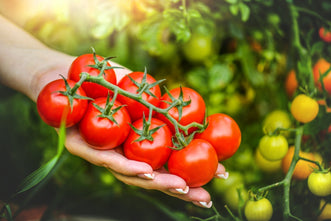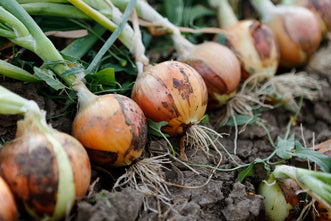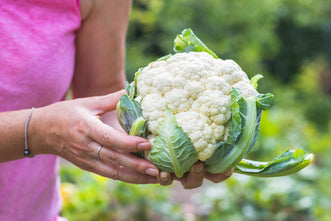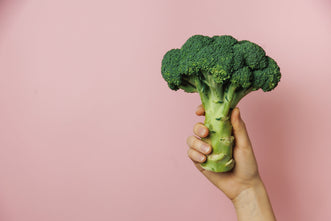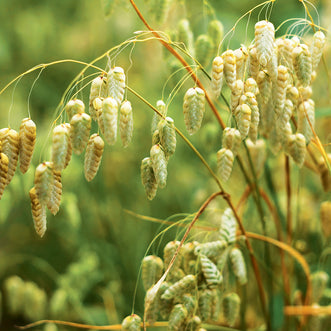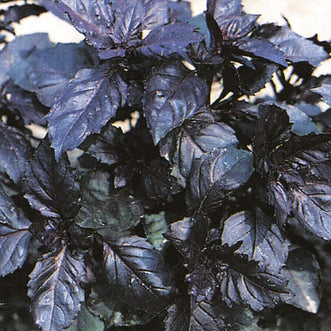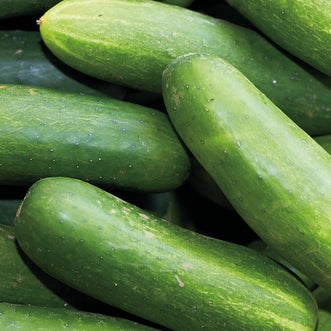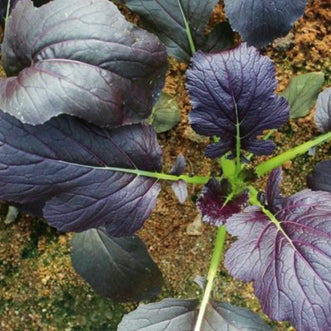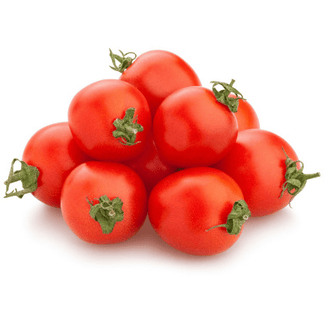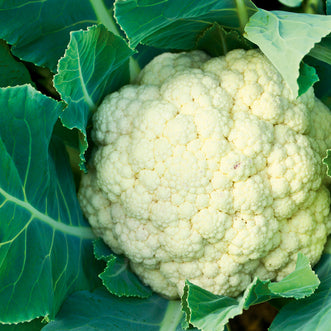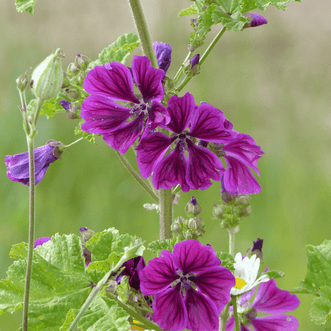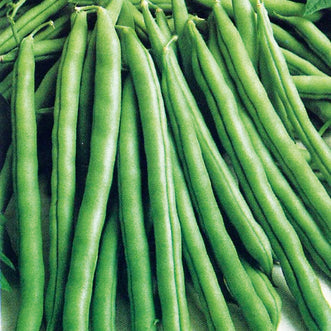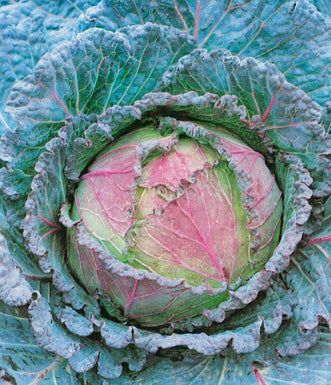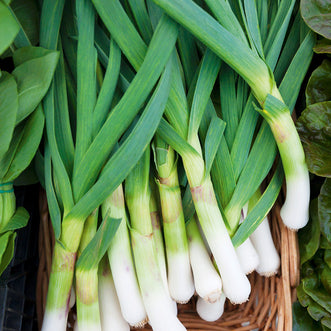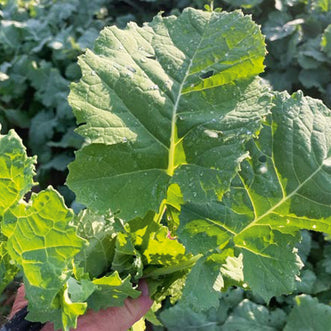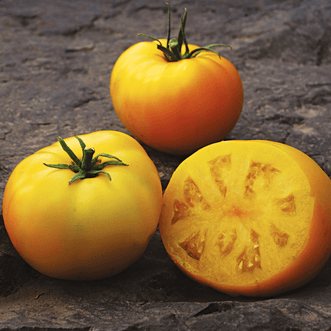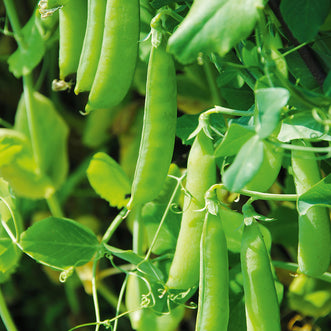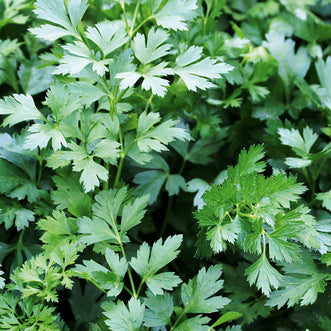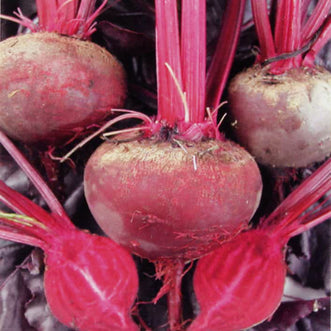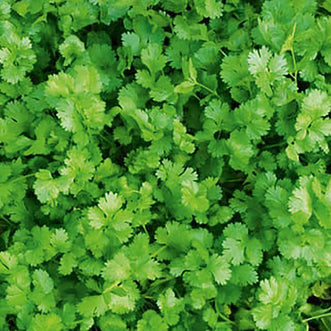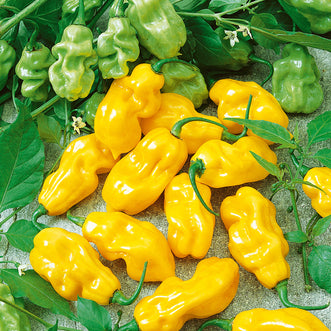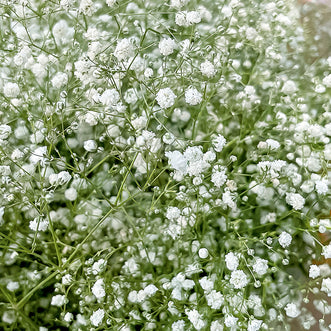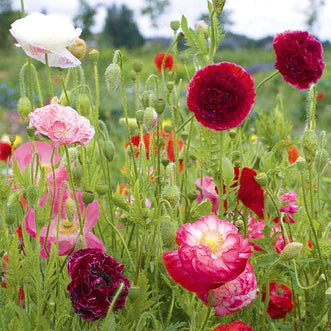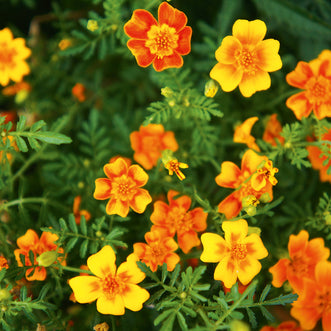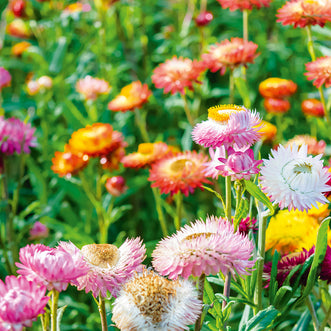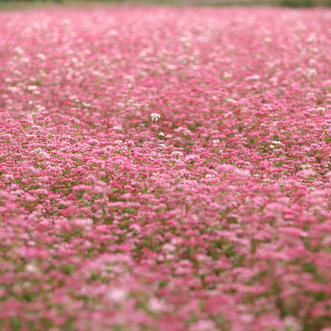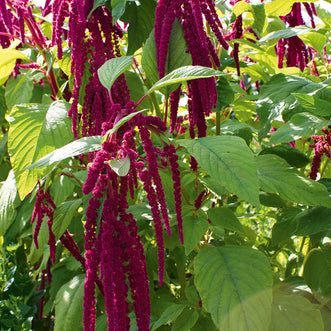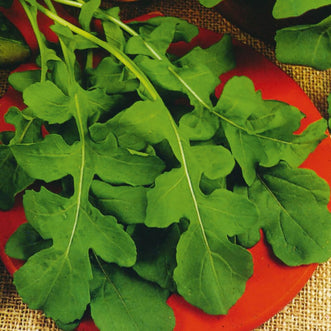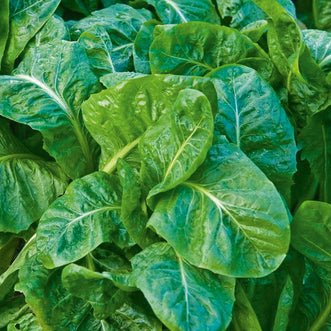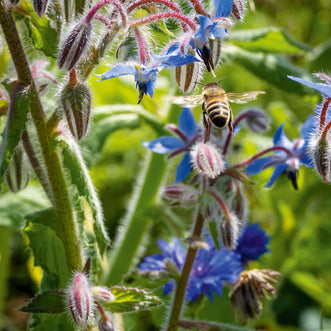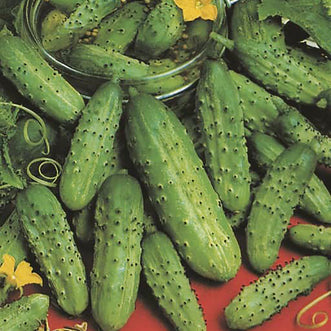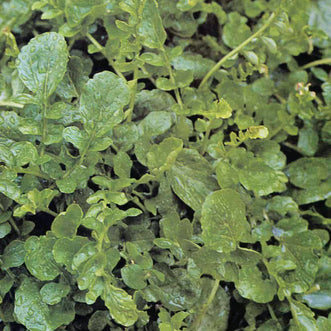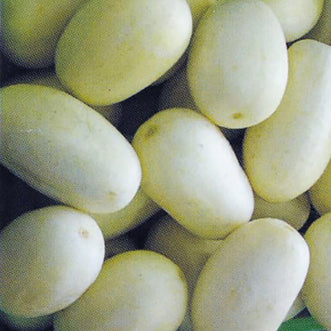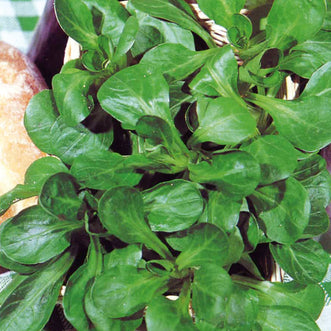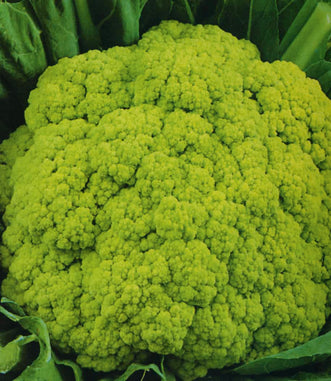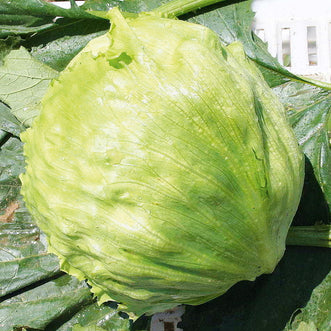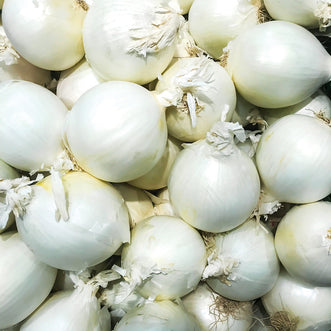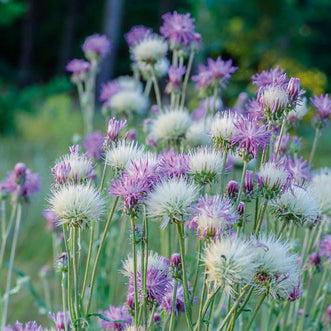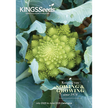The Ultimate Guide For Growing Peas in NZ – Kings Seeds
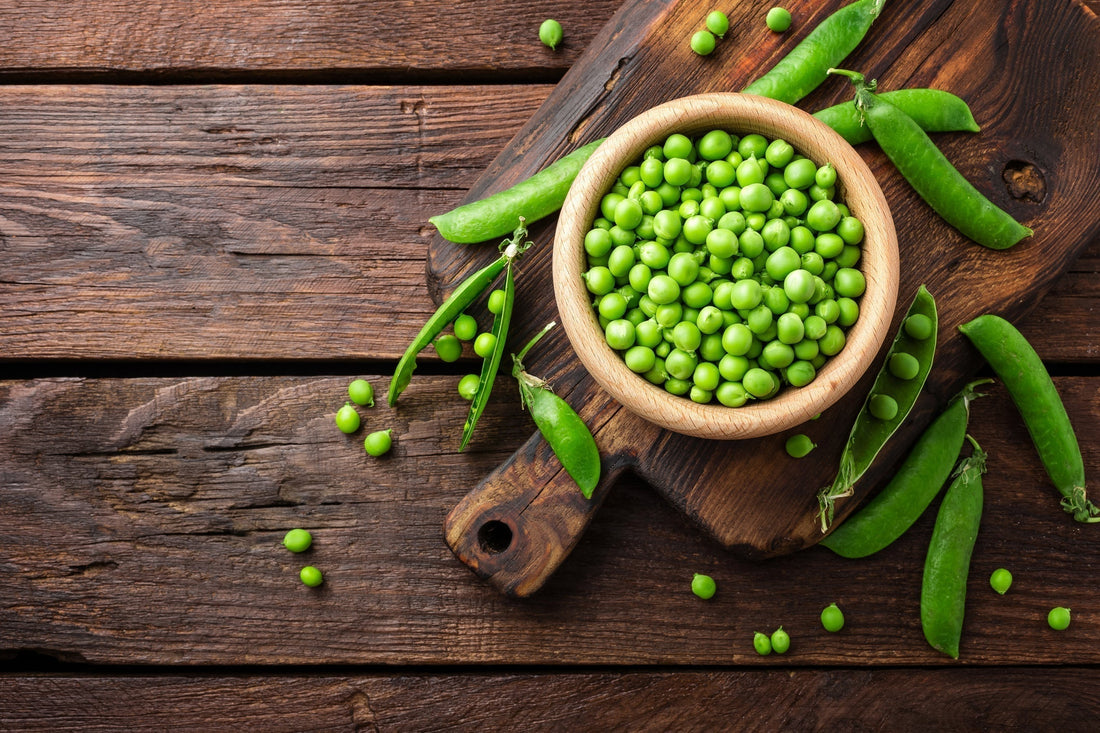
There's a special kind of hope that comes with growing peas. Maybe it's the way those curly tendrils reach for something — anything — to hold onto. Or maybe it's how the pods quietly fatten day by day, like they're building a secret stash of sweetness just for you.
No matter how big your garden is (or isn't), peas will meet you where you are. Raised beds, pots, a back fence trellis, they're generous guests if you give them the right welcome.
When & Where to Plant Peas in NZ
If you're wondering when to plant peas in NZ, the short answer is: when it's cool. The longer answer? Early spring and again in autumn. In warmer spots, you can stretch it into winter. Down south, wait until the frost loses its grip.
Peas love soil that sits between 8–18°C, and they don't flinch at a light frost. It makes them one of the earliest crops you can plant, a good antidote to that late-winter gardening itch.
Sowing Peas in Your Garden
Sowing peas is a quiet kind of magic. Soak your seeds for 4-8 hours (if you want to speed up germination) — it softens their coat and signals it's time to wake up. Use a well-drained patch, ideally one that hasn't seen peas or beans in a while. If you are following crop rotations, then plant where you had your root veggies last.
Work in compost or aged manure (skip the nitrogen fertilisers — they've got that covered themselves). Then:
-
Sow seeds 25mm deep
-
Space 5–8 cm apart
-
Leave 50-75 cm between rows
So, how long do peas take to germinate? In decent soil and weather, you'll see life in 7–14 days. A little patience, a little watering — then watch for those first brave sprouts.

How Do Peas Grow? Slowly, Surely and Upward
How do peas grow? With a lot of reaching. They climb. They curl. They search for something to grab. Which means they'll need you to offer a hand.
Whether you're growing garden peas, snow peas or sugar snaps, the method's the same: help them up. Start your supports early — before the shoots appear — so you don't disturb their roots later.
How to Support Peas and Get Them Climbing
Peas need a guide. Without it, they'll sprawl, flop, and get tangled with the weeds and other plants. How to get peas to climb is all about early support:
-
Bamboo teepees
-
Wire mesh
-
Netting strung between stakes
Whatever you use, make sure there's something within reach from day one. How to stake peas in the garden isn't fancy — it's about noticing where they lean, and gently helping them stand.
That's also the heart of how to support peas: see their nature, and shape your garden around it.

Growing Snow Peas & Garden Peas
Each type has its charm.
-
Growing snow peas? They're fast, flat, and love a cool spell. Pick them young, and often. We love varieties Goliath & Shiraz.
-
Growing garden peas (also called shelling peas or sugar snap peas)? Sweet, full of nostalgia, and best eaten fresh. Try Greenfeast, Mucio or Sugar Snap — dependable, delicious, and wildly rewarding.
No matter what you plant, the rule's the same: the more you pick, the more they give.
Companion Planting Peas: Who Plays Nice in the Garden
Companion planting peas is like setting up a good dinner party — it's all about choosing guests that get along.
Peas love:
Peas don't love:
And can you grow peas and tomatoes together? Not ideally. Tomatoes are greedy with light and space — your peas will sulk in their shadow.
How to Know When Snow Peas Are Ready to Pick
There's no need to overthink this. How to know when snow peas are ready to pick? Bend one. Snap. Bite. If it's crisp, flat, and a little sweet — it's time.
Pick in the cool of the morning, and always use two hands — one to hold the vine, one to pluck the pod — so you don't snap the stem in your excitement.

Growing Peas in Raised Beds: A Gardener's Shortcut
Growing peas in raised beds makes life easier. You get better drainage, warmer soil in spring and fewer weeds creeping in from the edges.
Add a trellis at the back. Interplant with leafy greens, like spinach, to use space well. And mulch — always mulch. It holds moisture and keeps splashy soil diseases at bay.
How to Grow Peas Hydroponically (Yes, It Works)
Short on space? Curious about indoor growing? How to grow peas hydroponically is becoming more popular — and surprisingly doable.
Start with dwarf varieties or snow peas. Use a deep-water culture or nutrient film setup. You'll need:
-
Net cups or clay pellets for root support
-
A structure for climbing
-
Cool air and clean water
It's not the same as soil, but the satisfaction of growing peas from seed to pod — even in a cupboard or greenhouse — is still there.
According to our zone guide, you can plant peas successfully in:
-
Zone 1 (Red – Warm & Long Growing Season): Year-round! With winter lows rarely dipping below 5 °C and over 220 growing days, peas—including snow peas and sugar snaps—can be planted almost any time.
-
Zone 2 (Yellow – Mild & Reliable Season): Perfect for spring through autumn sowing.
-
Zone 3 (Green – Cool, Shorter Season): Ideal for classic garden peas. Cooler winters with frosts mean you'll want to sow in early spring or autumn, giving peas time to grow during the moderate window of 130–179 growing days.
-
Zone 4 (Blue – Cold & Frost‑Prone): Use quick-maturing strains, such as Greenfeast, and protective techniques (cloches, frost cloths) for the best results in this challenging zone.
How to Grow Pea Microgreens Year-Round
Pea microgreens — now that’s a year-round delight. They’re fast, fresh, and full of that unmistakable tasty pea flavour, even when your outdoor crop is biding its time. We love snipping a handful onto salads, soups or avo toast for a pop of green crunch that feels like spring in any season. Easy to grow on a sunny windowsill, they’re proof that you don’t need a big garden to get a big burst of flavour.

Pea FAQ's
Should you soak pea seeds before sowing?
Yes, soak them for 4-8 hrs to speed up germination and soften their seed coat.
What is the best time to sow peas?
Early spring and autumn, or when soil temperatures are between 10–20°C.
What is the best way to germinate pea seeds?
Soak seeds, plant in moist, well-drained soil, and keep evenly watered.
Do peas need darkness to germinate?
No, they don’t require darkness—just warmth, moisture, and good soil contact.
How to Plant Peas: A Quick Guide
-
Soak seeds for 4-8 hours.
-
Choose a sunny, well-drained spot.
-
Sow 25mm deep, 5–8 cm apart.
-
Space rows 50–75 cm apart.
-
Water gently and keep soil moist.
-
Add supports early.
-
Harvest regularly for best results.
Let Peas Teach You a Thing or Two
There's a quiet rhythm to growing peas. A softness. They ask you to slow down, to support something delicate, to trust that what looks like a tiny dry seed will someday feed you.
So, if you're standing at the edge of a new season, unsure where to begin — start with peas. They are some of the easiest, tastiest and least fussy in all of the plant world.


